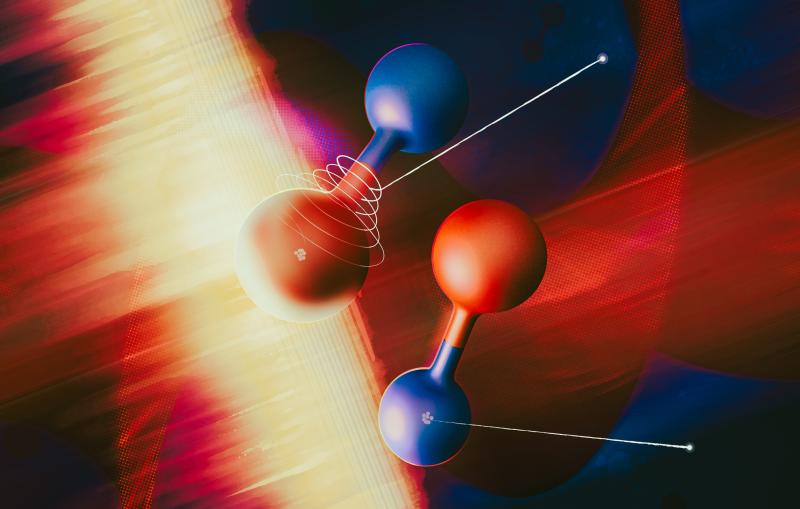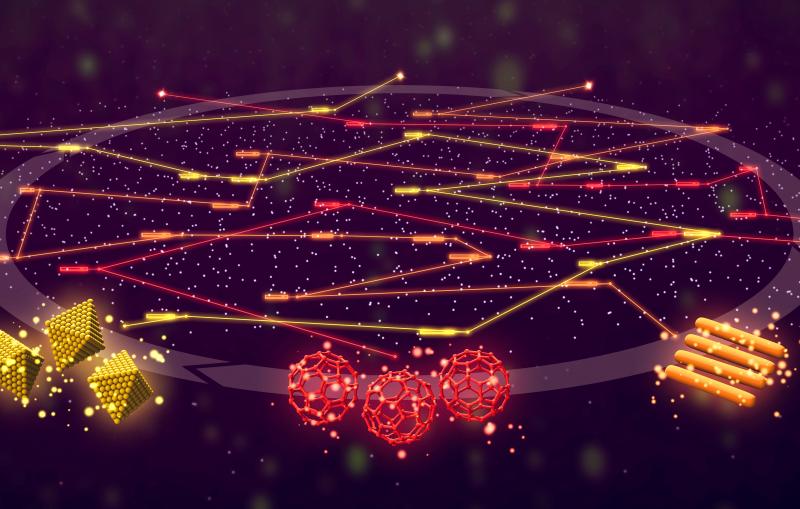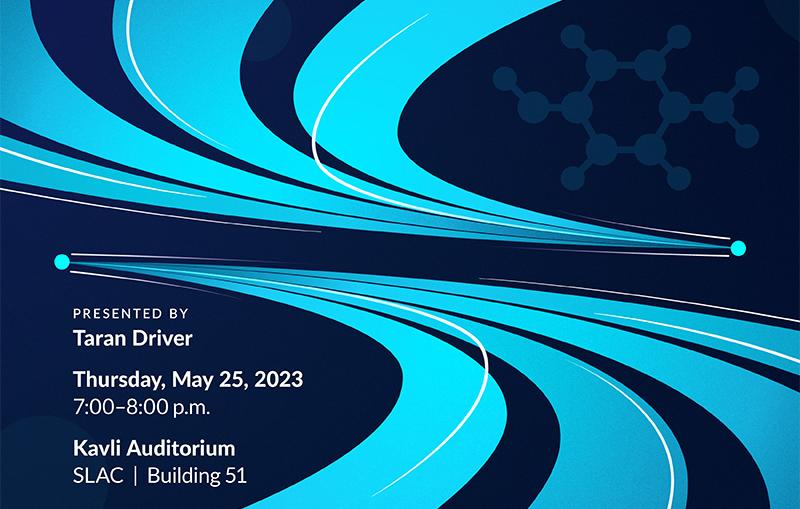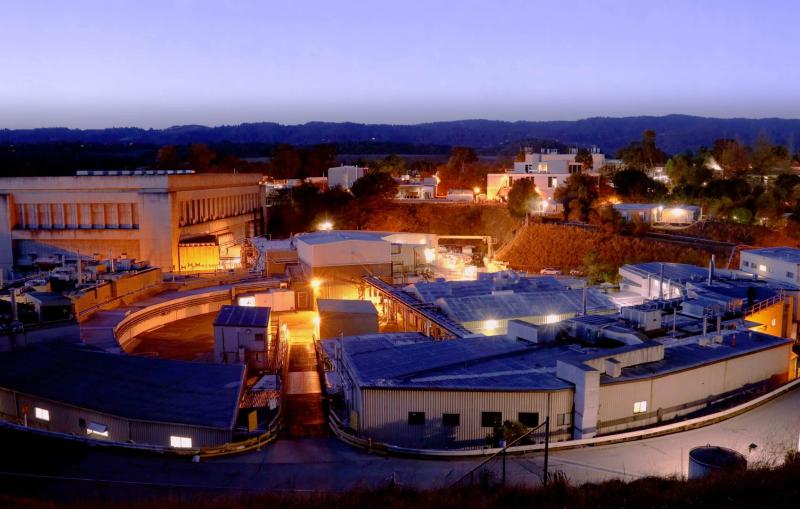my name is Michael Minetti I'm a staff
scientist here at LCLs at SLAC National
Accelerator Laboratory and I am the
department head for the soft x-ray
department at LCLs so we here for the
very first time at LCLs we have taken a
molecular movie of a gas based chemical
reaction using the ultra-fast
capabilities of LCLs we chose to look at
and monitor a chemical by the name of
1/3 cyclohexane because the reaction is
quite well known over the last 30 or 40
years that this this molecule undergoes
a ring altering or a structural changing
event when optical laser lightish sign
upon it these type of ring opening
reactions are very common even in a
natural product biology but what wasn't
known are the exact time scales at which
how these structural dynamics occur and
how the structure actually evolves in
time to take these images we use a
technique called x-ray scattering as the
molecules populate a custom-built
scattering x-ray scattering vessel as
the x-rays progressed through the target
molecule they scatter and as this
scattering pattern occurs the x-rays or
the scattered x-rays are collected on a
large area x-ray detector so as these
things scatter on the detector their
positions are very meaningful and that's
how you infer back what's going on in
the molecules as its structure is
evolving so we produced a molecular
movie by looking at a series of time
delay pictures probed by the x-ray poles
so we have an optical pulse that sets
the reaction of foot and then we come
with this ultra bright source in LCLs
and we take little snapshots at
different time delays between the
optical pulse and the x-ray that being
LCLs and then we saw these frames
individual frames back together and we
were able to watch this chemical
reaction unfold on a very fast timescale
this is on the order of 100 to 200
quadrillions of a second or a sliver of
time or 200 millionth of a billionth of
a second
these results are very significant to
the LCLs because when LCLs was first
envisioned designed an x-ray source I
had the brightest x-rays in coming in
the small slivers of time they wanted to
look at molecular reactions in real time
and try to film these molecules in
action and again to make a molecular
movie I believe the the selling point
for LCLs when LCLs was first made it was
capturing the ultra small on the ultra
fast and we have done both in this
experiment





